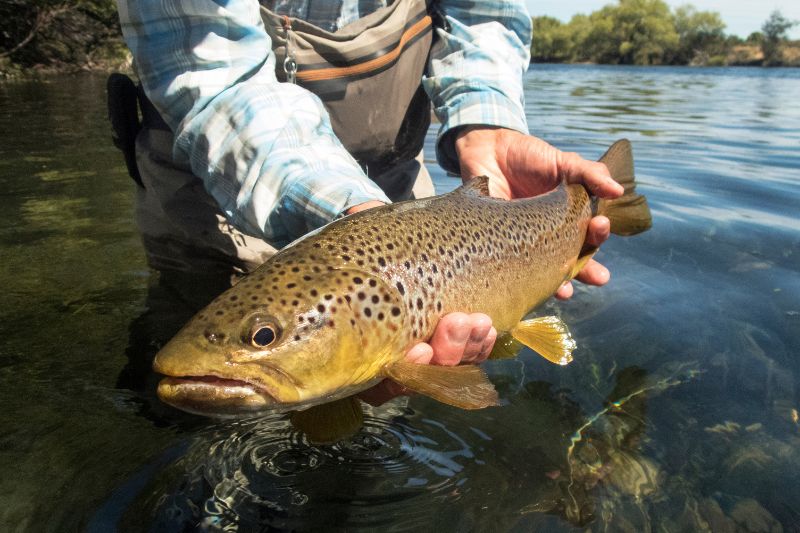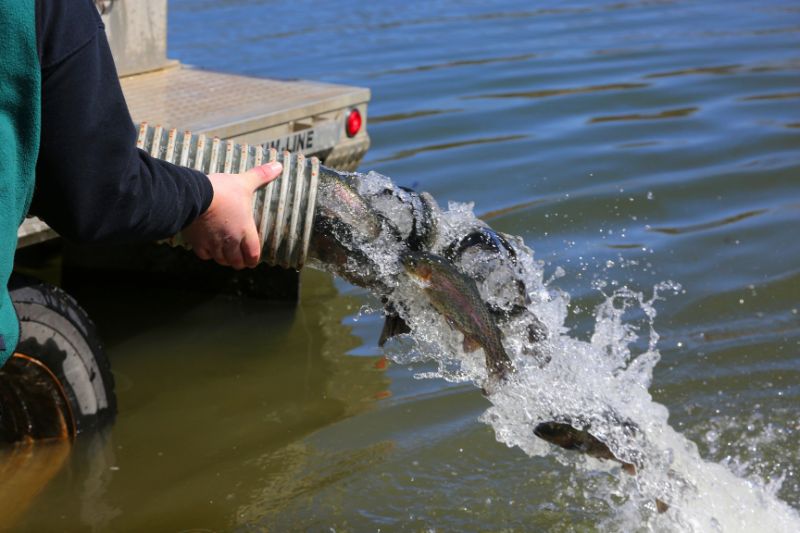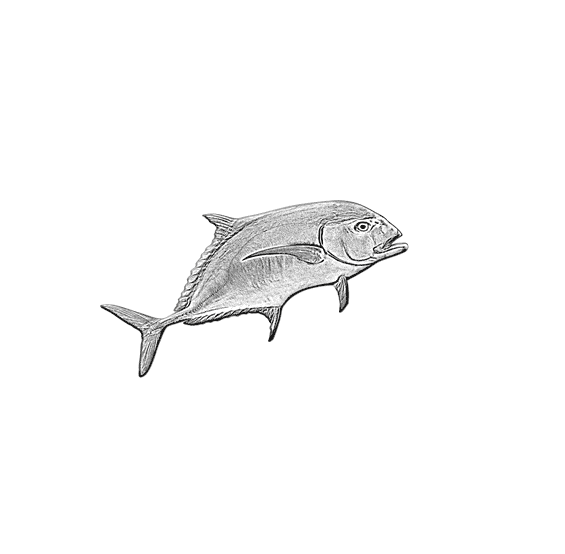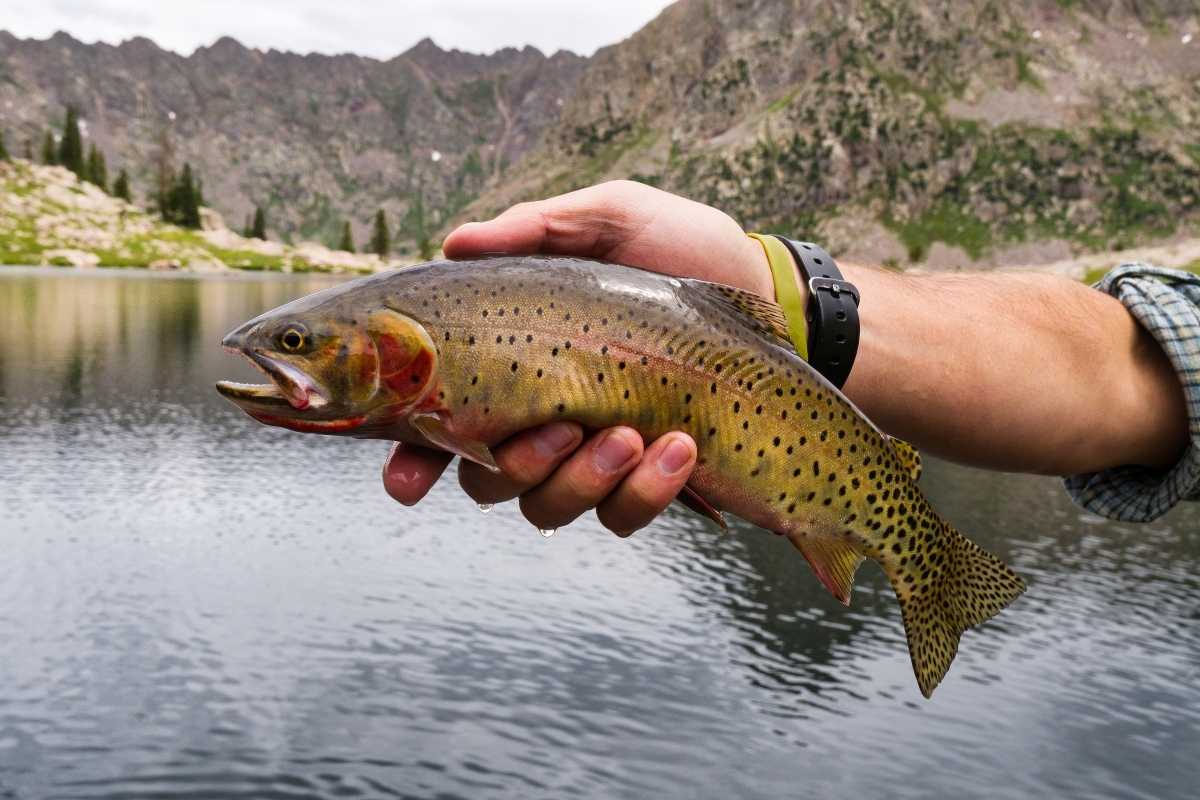Stocked trout are very popular, and in demand, and has been for years when it comes to lakes and ponds. I have lived in several places where we would bring in stocked trout every year for fishing derbies, and it has always been a success.
One question that we have always asked ourselves is if trout bought from hatchery could breed after being planted, and do stocked trout reproduce and populate the lakes year after year.
So, Can Stocked Trout Reproduce in the Wild?
Yes, if the conditions are right, they can reproduce and spawn over seasons. There are several factors that go into this equation because trout are actually a breed of salmon, which means they need to move and spawn.
Another factor that goes into this is whether the fish are genetically altered in any way to make them non fertile, which will make them not be able to spawn at all. When all of these conditions are right, and the water temperature and other factors are perfect, stocked trout will reproduce, and keep spawning every year.
A lot of people think that stocked fish die off, but that is not true either, and we will take a look at some of the factors that can keep hatchery fish alive and catchable. Sometimes a person will catch a trout and mistake what is call a “hold-over” trout for a wild trout.
What are Hold-Over Trout?
If you have fished a lot of lakes where stocking happens very regularly, you may have heard the term “Hold-Over” used. All this means is that fish from the past stockings have gone to deeper water in the cold, and have survived year after year.

Stocked fish are not “designed” to die off every year, and are usually caught, which is why they have to be stocked over and over again, but there are occasions where some fish just do not get caught, and are held over to the next year, or even many years after being planted in a body of water.
This is very good news for anglers, because the longer fish can hold-over, the bigger they are going to get, and the more trophy sized fish we will be able to catch.
The Basics of Spawn and Movement of Trout
Trout are a breed of salmon, which means they have to swim upstream to spawn, and are not like bass who lay their eggs in beds on shallow water.
Trout know they need to migrate upstream to spawn, so if you have a no water inlet, and it is just a normal manmade lake or pond, you are going to have a very hard time getting stocked trout to be breed year over year. Trout generally need a place with moving water to spawn, so it will be very difficult to spawn in a trapped body of water, and will most likely not even happen.
How to Tell Between a Wild vs Stocked Trout
There are several ways to tell if you have caught a wild trout, or a stocked trout, and once you read these and start looking at some of these characteristics, you will soon start to easily identify if you have caught a stocked or a wild trout. Here are some things to look for:
Color:
Wild lake and stream-bed trout are generally more rich in color, so stream trout will be wild in color like the bottom of a stream. Stocked trout tend to be more fleshy color, and newly stocked trout are usually white in color.

Fins:
You will see what is called “Fin Warping” on fish that are bred in hatcheries because they are so crowded in the hatcher and truck before delivery. This is not something they will outgrow and will have it for the rest of their life.
Aggressive Feeding:
Stocked trout will generally be more aggressive in biting and feeding because they usually have to fight a ton of other fish for food. Wild trout generally are what’s called a “drift feeder”, and tend to be less aggressive.
Look for these simple things the next time you are fishing, and see if you can tell by yourself before checking to see if the place you are fishing stocks the area. I bet after a while, you will not even need to ask.
Producing the Stocked Trout
For stocked trout, and other fish, genetic altering can come into play when it comes to the reproduction process. You can get stocked fish that are called Triploid, which involves them having three sets of chromosomes.
Traditional wild fish only have two sets of chromosomes, which are called Diploid fish. The process of making a Triploid trout consists of taking the eggs (milt) and they sit in a tank of water that is at a specific temperature for a certain amount of time for them to generate the polar body, but not enough time for them to expel it.
After that process is done, they are put into a pressure vessel and the vessel pressure is increased to 10,000 psi. After about five minutes the eggs are taken out and put into incubators to hatch.
It is important to keep in mind, that there is no mad science involved in making these fish, and they are completely normal other than being a sterile fish, so they are perfectly healthy, and normal trout.
Triploid fish also tend to outgrow wild fish after about three years of age, so we can get a lot bigger trout stocked in our lakes and ponds. This is because they exert less energy when not having to mate, so they can get fat and happy.
Does Cross Breeding for Different Types of Trout Happen?
When you think of planting stocked fish with natural wild fish, a question that comes up is whether they can cross breed species or not. In the wild, there has really been no known cross breeding species found, but it can happen in fish hatcheries.

Brown and rainbow trout are the most common species to be bred at fish farms. Because of this, there have been fish farms that do try and make a “Brainbow” trout, yet it does not happen without it being done artificially.
Even though brown trout can breed with browns in the wild, it is highly uncommon for a rainbow to breed with a brown anywhere.
The Diet of a Stocked Trout
It is good to keep in mind that a hatchery trout diet is very different from a wild trout. Wild trout tend to eat bugs, worms, and pretty much any other insect, and reptile that they can find, while hatchery trout are fed food.
That is why PowerBait is so effective on stocked fish, it is made with the same scent as a they use to feed stocked fish in hatcheries. Even though stocked fish are fed food, they quickly learn to adapt and catch normal food like any other wild fish, so they do not die off from starvation at all.
It is important to keep in mind that it may take a few days for them to understand that they are not going to be fed pellets any more, and for their natural instincts to kick in, this is especially important for fly fishing.
Stocked fish take longer to adapt than wild fish, so fishing is not always great right after they are stocked because they are still used to eating pellets.
Do not get discouraged if you go fishing the day after being stocked and have not caught anything. It takes them up to 50 days to get used the feeding and eating habits of a wild fish.
How Far Do Stocked Trout Travel?
How far do stocked trout travel? Once a trout has been stocked in the lake, or other body of water, they will only stay where they were planted for a matter of days before starting to move off.
In a recent study, it was found that brown trout start to move in roughly 7 days, rainbows will move in roughly 3 days, and finally brook trout will start to migrate after 10 days. They will slowly start to disperse and can travel very long distances up stream if there is open water available to them.
Some stocked trout have been known to travel up to 10 miles up stream, if they have the room to move, and the water is high enough. It takes most stocked fish longer to adapt to the wild, with brown trout taking around 50 days, and rainbow trout taking up to about 7 days to completely adapt to the feeding change.
In Summary
There are a lot of questions regarding stocked trout, their life cycle, and how to catch these amazing fish. I hope to have cleared some of these questions up with this post.
Check out our other fishing posts, such as our post on fishing line strength to understand what you should be using the next time you go out!

